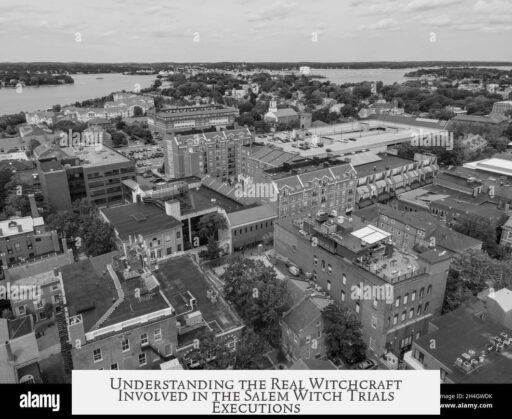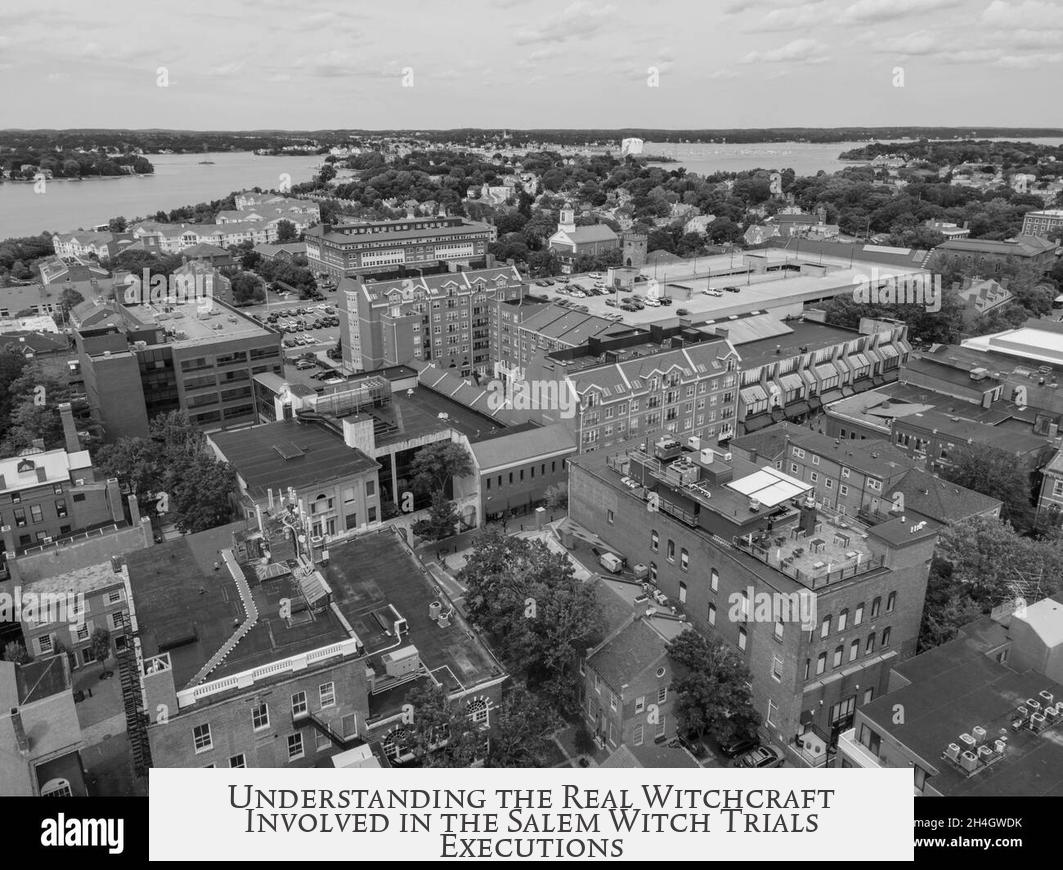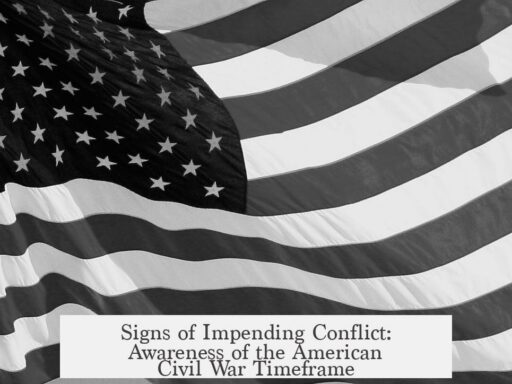None of the people executed in the Salem Witch Trials were actually practicing witchcraft. Historical evidence confirms that witchcraft did not exist in Salem in 1692. The accused and executed individuals were victims of societal tensions rather than genuine occult activity.
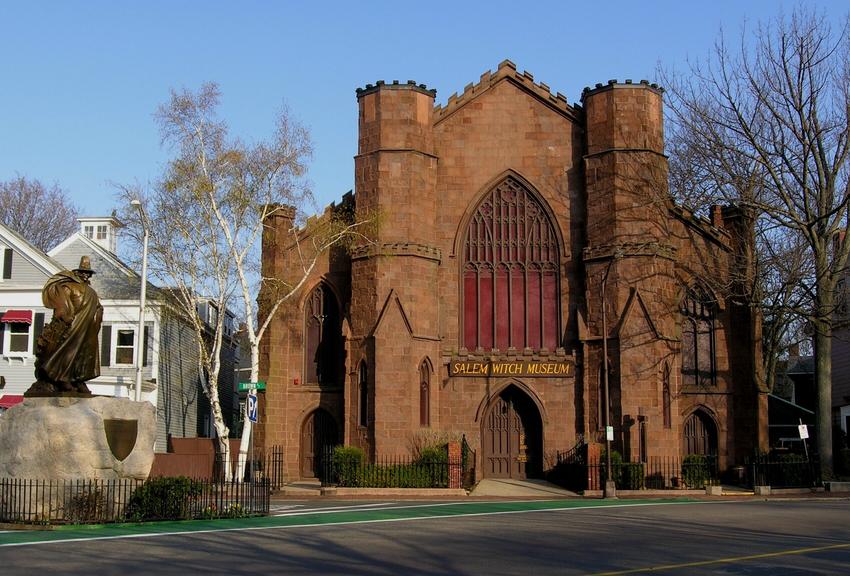
The victims represented a broad cross-section of colonial society. They included men and women, young and old, rich and poor. Their backgrounds ranged from European settlers to those of mixed ancestry. This diversity shows that accusations were not limited to any single social group.
Many accused engaged in folk practices common at the time. These included collecting plants for medicine, playing basic fortune-telling games, and using charms or symbols for protection. Such behaviors were widespread in colonial New England and not unusual even among the accusers themselves. These practices do not equate to witchcraft but reflect contemporary cultural norms.

The witch persecution stemmed from multiple overlapping social tensions. Religious conflicts emerged from differing Puritan interpretations and disputes with other Christian groups like Quakers and Catholics. Power struggles within the colony’s governance added to the unrest. Additionally, tensions related to relations with Indigenous peoples, economic difficulties, and generational conflicts contributed. Local issues such as property disputes and church organization further fueled anxiety.
The Salem Witch Trials resulted from an environment of fear, mistrust, and conflict rather than any actual evidence of witchcraft. The community projected its struggles onto individuals who became scapegoats. This tragic event highlights how social, political, and religious pressures can produce grave injustices in the absence of factual proof.
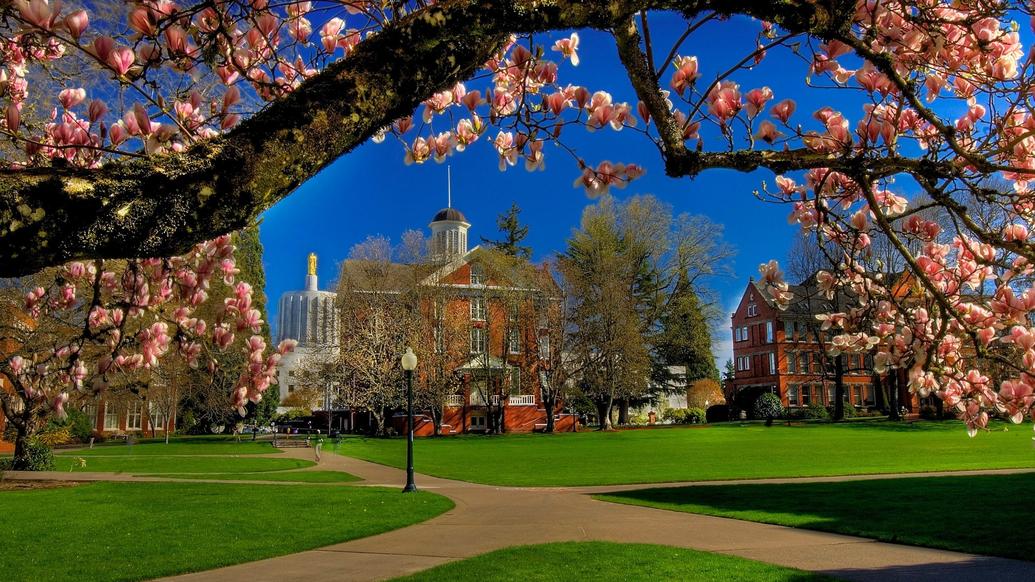
- Zero executed individuals practiced witchcraft in Salem, 1692.
- Victims came from various social and ethnic backgrounds.
- Common folk practices were mistaken for witchcraft.
- Social tensions, not occult activity, caused the trials.
How Many People Executed in the Salem Witch Trials Were Actually Doing Witchy Stuff?
If you’re wondering whether any of the 20 poor souls executed during the infamous Salem Witch Trials of 1692 were genuinely practicing witchcraft, the answer is none of them. No spells. No flying broomsticks. No secret covens. Nada.

The Salem Witch Trials were a dark chapter in New England history, but they were driven not by actual supernatural dabbling, but by deep social tensions and anxieties. Let’s unravel who these victims were, what they really practiced, and what triggered the tragic events.
Victims Weren’t Mad Witches, Just Everyday Colonials
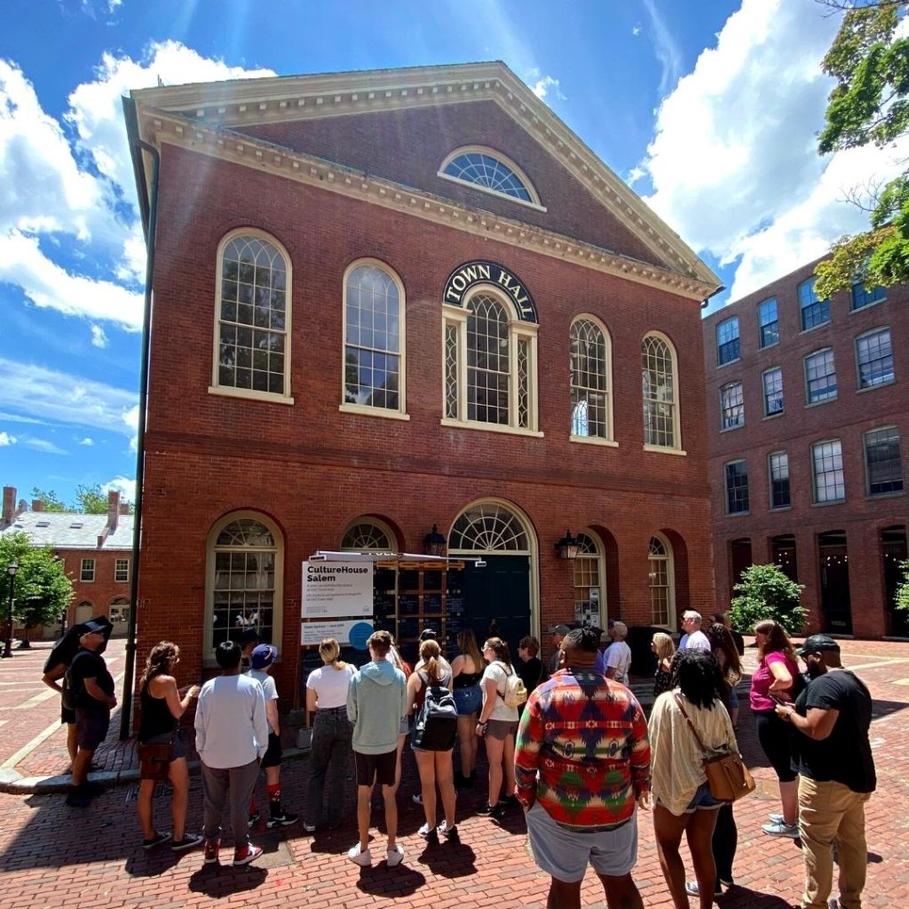
Here’s a fact you might find surprising: the people accused and executed weren’t weird outsiders or shadowy figures lurking in the dark. Instead, they represented a cross-section of Salem’s society. Men, women, young, old, rich, poor, insiders, and outsiders — all got caught in the tragic net.
They reflected early colonial New England’s broader community. Some had mixed ancestry, others were European settlers fresh to the New World. This wasn’t targeting some fantasy “witch crowd.” These were ordinary folks navigating tough circumstances.
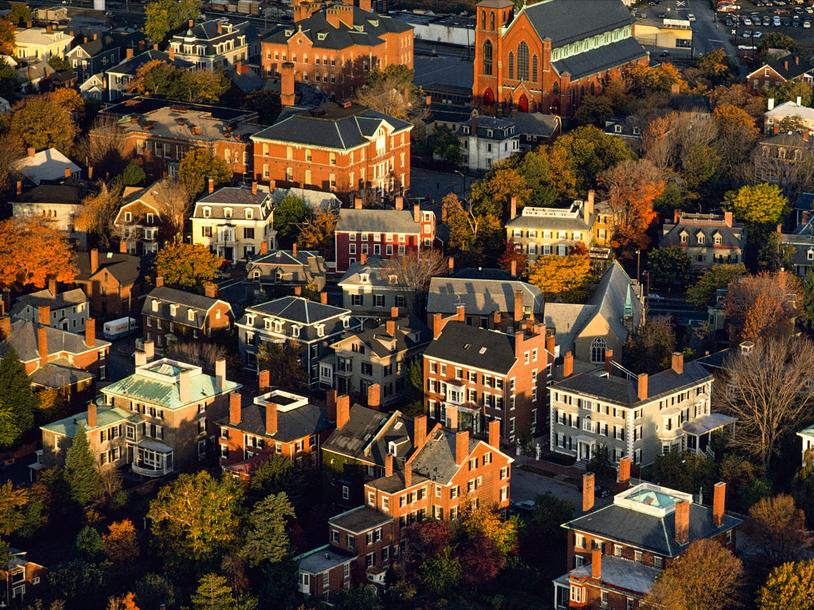
Folk Practices: Medicine, Fortune-Telling, and Good Luck Charms
Did they dabble in some “witchy” things? Maybe if you think playing a simple fortune-telling game or collecting plants for remedies counts as witchcraft.
Back then, folk customs thrived. People used herbs medicinally, sprinkled their houses with lucky charms, and checked what the future might hold through games or simple divination. Sounds like harmless stuff, right? Well, these practices were widespread, even among the accusers themselves!
Nothing about these activities was unusual—just everyday customs blending superstition with practical needs. There’s a big difference between curing a headache with sage and casting spells to conjure storms.
The True Cause? A Potpourri of Social Anxiety and Conflict
The Salem Witch Trials didn’t erupt because the town suddenly sprouted witches. Instead, a complex cocktail of social tensions boiled over:
- Religious conflict: Puritanism itself was splintering. Competing faith interpretations ruffled feathers, especially as Quakers and Catholics challenged tight Puritan norms.
- Power struggles: Political control in the fledgling colony was a hot mess. Families jostled for influence over governance.
- Relations with indigenous peoples: Uneasy interactions on the colony’s borders fueled fear and suspicion.
- Economic strain & generational conflict: Old settlers often clashed with newer arrivals over land, money, and status.
- Legacy of the English Civil War: Residual tensions from this bloody political upheaval lingered in the colony’s psyche.
All this combined into a potent brew of fear, mistrust, and scapegoating that found an outlet in accusations of witchcraft. There truly were no witches, just a community stretched to breaking point.
Why It Matters: Lessons from Salem
The Salem Witch Trials warn us about how a society’s own crises can cause tragic outcomes. Scapegoating and hysteria are dangerous. This point isn’t just ancient history but a cautionary tale for modern times, reminding us to scrutinize accusations critically.
For example, the accused’s folk practices mirror many human ways of coping with uncertainty — medicine, superstition, seeking comfort. Those are not crimes or signs of evil but part of cultural survival.
When unfounded fears spiral, innocent people suffer. Salem’s tragedy teaches the value of reason, evidence, and empathy in the face of social upheaval.
So, How Many Were Actually Doing Witchy Stuff?
Zero. None of the 20 executed Salem residents were practising real witchcraft. Evidence doesn’t support any claim of supernatural dealings.
Instead, they were victims of paranoia fueled by complex religious and social tensions. Their behaviors were normal for the time and place—nothing out of the ordinary that justified hysteria.
This stark reality strips away myths around Salem witches and focuses attention where it belongs: on the human stories, societal pressures, and tragic mistakes behind the trials.
Final Thoughts
Do you ever wonder how a community descends into such terrible chaos? Salem shows that beneath even the eeriest legends lie facts grounded in human nature and history.
Next time you hear about witches and curses, remember that the true story is about people under pressure, not about spells or curses.
Are we still susceptible to such collective fears today? Absolutely. But understanding Salem helps us guard against repeating those deadly mistakes.
